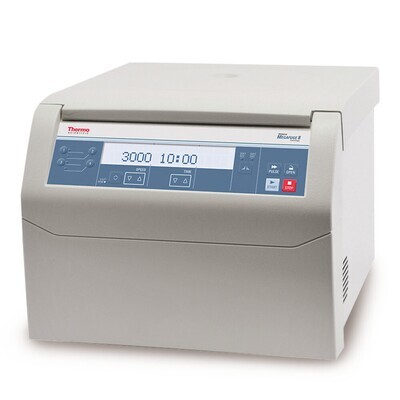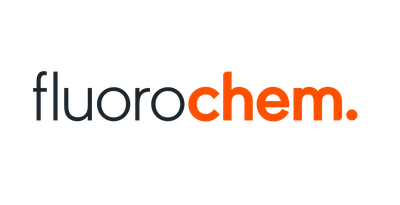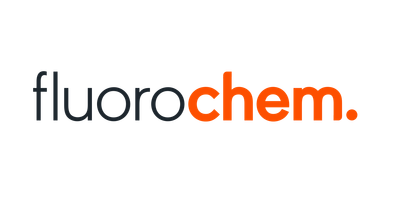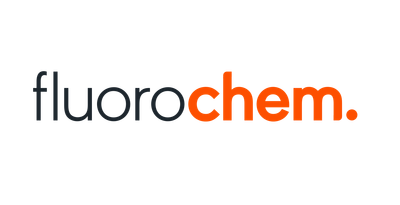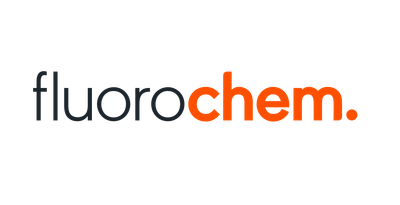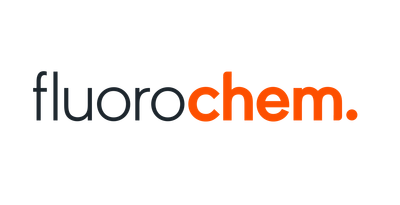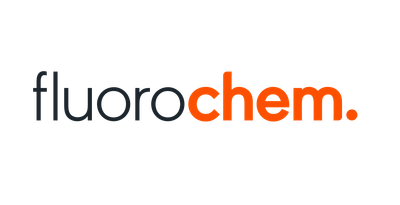Verzending 24–48 u • Levering in de hele EU • Veilige chemieverpakking
Rhenium chips 99.95% 5 g
SKU MRE001
€ 135,00
In stock
1
Save this product for later
Rhenium chips 99.95% 5 g
Product Details
Cation: Rh
Packaging: 5 g
EAN: 8721028245182
Brand: Laboratoriumdiscounter
Rhenium chips offer unparalleled performance and durability in various high-temperature applications. With exceptional heat resistance and excellent electrical conductivity, these unique chips are ideal for aerospace, electronics, and other industries requiring reliable and efficient components. Discover the cutting-edge technology of rhenium chips and elevate your products to new heights.
When working with Rhenium chips, it is important to follow these safety instructions: 1. Personal Protective Equipment (PPE): Always wear appropriate PPE, including safety goggles, gloves, and a lab coat or protective clothing, to protect yourself from potential hazards. 2. Ventilation: Ensure that the work area is well-ventilated to prevent the accumulation of any harmful fumes or dust particles. Use fume hoods or exhaust systems if necessary. 3. Handling: Handle Rhenium chips with care, as they can be sharp and may cause injury. Use tweezers or other suitable tools to pick up and manipulate the chips. 4. Storage: Store Rhenium chips in a secure and designated container, away from any incompatible materials. Label the container properly to avoid confusion. 5. Fire precautions: Rhenium chips are not flammable, but they can emit toxic fumes when heated. Keep them away from open flames or any potential sources of ignition. 6. Chemical compatibility: Avoid contact between Rhenium chips and strong oxidizing agents, acids, or other reactive substances. This can lead to hazardous reactions or release of toxic gases. 7. Cleanliness: Maintain a clean work area and promptly clean up any spills or debris. Dispose of waste materials properly, following local regulations and guidelines. 8. Training: Ensure that all personnel working with Rhenium chips are properly trained on their safe handling, storage, and disposal procedures. 9. Emergency procedures: Familiarize yourself with emergency procedures, including first aid measures and how to respond to accidents or spills involving Rhenium chips. 10. Material disposal: Dispose of Rhenium chips according to local regulations and guidelines. Contact your local waste management authorities for proper disposal methods. Remember, these safety instructions are general guidelines, and it is important to consult specific safety data sheets and follow any additional precautions provided by the manufacturer or your organization.
Please note, not all safety data for this product is available on our website, for a complete list of P en H sentences and other safety instructions please request the MSDS at our customer service
You May Also Like
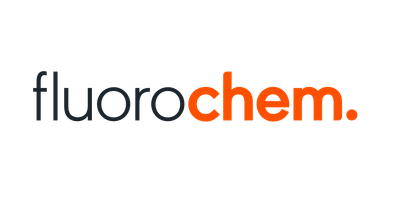
Methyl 2,5-dihydroxybenzoate, 95.0%, 100g
Methyl 2,5-dihydroxybenzoate, 95.0%, 100g
SKU F078706-100G
€ 63,80
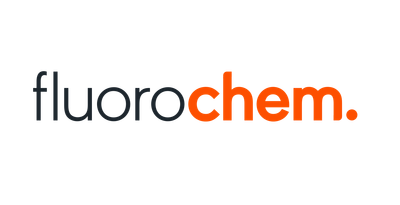
(3,3,3-Trifluoropropyl)boronic acid, 95%, 1g
(3,3,3-Trifluoropropyl)boronic acid, 95%, 1g
SKU F720201-1G
€ 540,10
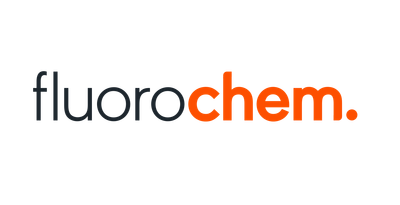
(R)-3-Amino-4-phenylbutanoic acid, 95.0%, 250mg
(R)-3-Amino-4-phenylbutanoic acid, 95.0%, 250mg
SKU F446004-250MG
€ 33,00
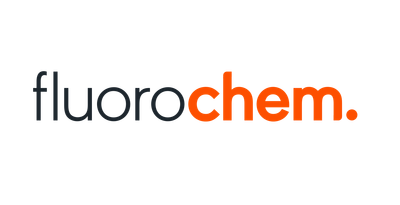
4-(3-Nitrophenyl)morpholine, 97.0%, 10g
4-(3-Nitrophenyl)morpholine, 97.0%, 10g
SKU F068032-10G
€ 95,70
Display prices in:EUR

![(6-Bromo-3H-imidazo[4,5-b]pyridin-2-yl)methanol, 97.0%, 1g (6-Bromo-3H-imidazo[4,5-b]pyridin-2-yl)methanol, 97.0%, 1g](https://d2j6dbq0eux0bg.cloudfront.net/images/88473019/4763182352.png)
